The charming port city of Otaru, nestled along the western coast of Hokkaido, Japan, is a destination that effortlessly blends history, culture, and natural beauty. Known for its well-preserved canal area, historic warehouses, and thriving glass-blowing industry, Otaru offers visitors a glimpse into Japan's Meiji and Taisho eras while providing modern-day delights. The city's unique atmosphere, shaped by its maritime heritage and artistic flair, makes it a must-visit for travelers seeking something beyond the usual tourist trails.
Walking through Otaru feels like stepping into a bygone era. The city rose to prominence in the late 19th century as Hokkaido's main port for herring fishing and trade. This prosperous period left behind an architectural legacy that still defines Otaru's character today. The most iconic landmark is undoubtedly the Otaru Canal, completed in 1923. Lined with vintage gas lamps and weathered brick warehouses, the canal area becomes particularly magical at dusk when the lights reflect off the water's surface. Many of these old warehouses have been converted into museums, cafes, and shops, creating a harmonious blend of preservation and reinvention.
The glassworks studios of Otaru represent another facet of the city's identity. Glass manufacturing became prominent here during the early 20th century when local fishermen needed glass floats for their nets. Today, numerous studios continue this tradition, producing exquisite glass art ranging from delicate ornaments to elaborate tableware. The Kitaichi Glass Sangokan, housed in a renovated warehouse, stands out as a premier destination where visitors can watch artisans at work and browse through glittering showrooms filled with handcrafted pieces. The adjacent Kitaichi Hall, with its stunning Venetian glass chandeliers, adds to the enchanting atmosphere.
Otaru's culinary scene offers another compelling reason to visit. As a coastal city, it boasts exceptionally fresh seafood, particularly sushi and sea urchin. The Sankaku Market, though small compared to Sapporo's famous fish markets, provides an authentic experience where visitors can select their seafood and have it prepared on the spot. Beyond seafood, Otaru takes pride in its dairy products, benefiting from Hokkaido's rich pastures. Local cream puffs and soft-serve ice cream have gained cult followings among Japanese food enthusiasts. The city's sake breweries, some dating back over a century, continue to produce premium rice wine using pure underground water from the nearby mountains.
Music boxes represent yet another of Otaru's unexpected specialties. The Otaru Music Box Museum, located in a charming wooden building, houses thousands of intricate music boxes ranging from antique pieces to contemporary designs. The main branch's massive steam clock, which chimes every fifteen minutes, has become a beloved symbol of the city. Nearby, the former Mitsui Bank building, with its stunning stained glass dome, stands as a testament to Otaru's former wealth during its banking heyday in the early 20th century.
Seasonal changes dramatically alter Otaru's character throughout the year. Winter transforms the city into a snow-globe scene, with the Otaru Snow Light Path Festival illuminating the streets with countless delicate snow lanterns. Spring brings cherry blossoms along the canal and in Temiya Park, while summer offers pleasant temperatures perfect for strolling and enjoying the sea breeze. Autumn paints the surrounding mountains in vibrant hues, creating a spectacular backdrop for the city. Each season offers distinct festivals and events that showcase different aspects of Otaru's culture and community spirit.
Beyond the main tourist areas, Otaru rewards those willing to explore further. The Temiya Line, a former railway route converted into a walking path, provides scenic views of the ocean and passes through quiet neighborhoods. The Nishin Goten (Herring Mansion) offers insight into the lavish lifestyles of successful herring fishermen during the industry's peak. For panoramic views, a hike up Mount Tengu delivers breathtaking vistas of the city and Ishikari Bay, especially memorable at sunset. These less-visited spots reveal a more intimate side of Otaru away from the crowds.
The city's accommodation options range from luxurious hotels housed in historic buildings to cozy family-run ryokans. Many establishments incorporate elements of Otaru's heritage into their design, featuring exposed brick walls, wooden beams, or glass art installations. Staying overnight allows visitors to experience the city's tranquil mornings when the streets are quiet and the morning light bathes the canal in soft hues. This peaceful interlude provides a different perspective before the day's activities begin.
Otaru's accessibility adds to its appeal. Located just 30 minutes by train from Sapporo, it makes for an easy day trip yet warrants a longer stay to fully appreciate its offerings. The journey itself along the coast presents lovely sea views, especially when traveling on the old-fashioned Romance Car trains. This proximity to Hokkaido's capital while maintaining its distinct identity allows Otaru to offer the best of both worlds - small-town charm with convenient access to urban amenities when needed.
What truly sets Otaru apart is its ability to preserve its history without becoming stagnant. The city continues to evolve, with new cafes, galleries, and boutiques opening in historic spaces, ensuring relevance for contemporary visitors while honoring the past. This delicate balance between tradition and innovation creates a dynamic atmosphere where every visit can uncover new discoveries. Whether it's stumbling upon a hidden glass studio, finding the perfect music box, or simply enjoying a leisurely walk along the canal, Otaru leaves visitors with lasting memories of its understated elegance and warm hospitality.
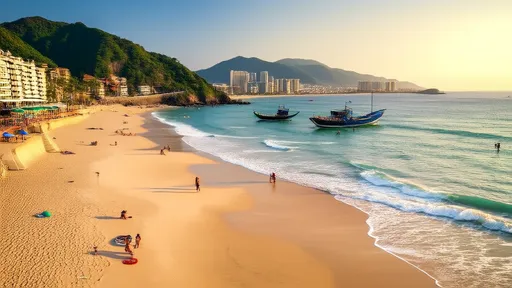
By /Jun 9, 2025
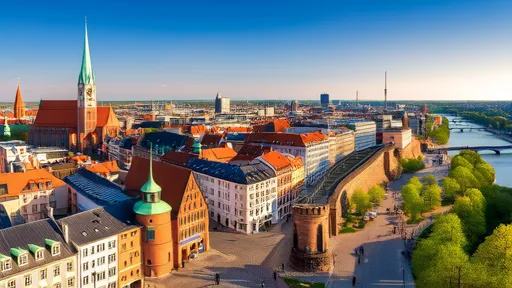
By /Jun 9, 2025

By /Jun 9, 2025
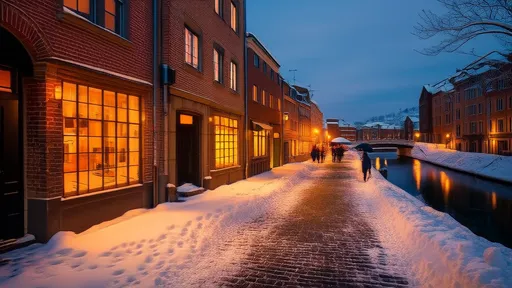
By /Jun 9, 2025

By /Jun 9, 2025

By /Jun 9, 2025
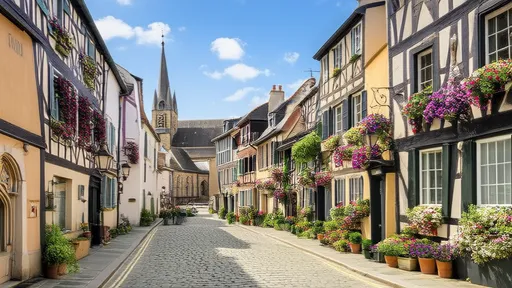
By /Jun 9, 2025

By /Jun 9, 2025
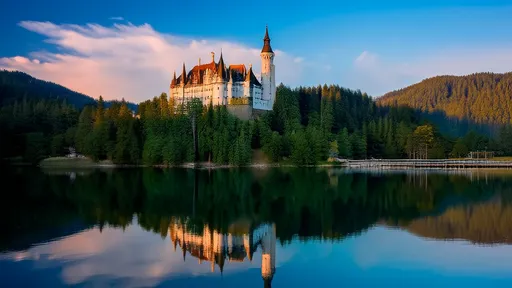
By /Jun 9, 2025

By /Jun 9, 2025

By /Jun 5, 2025
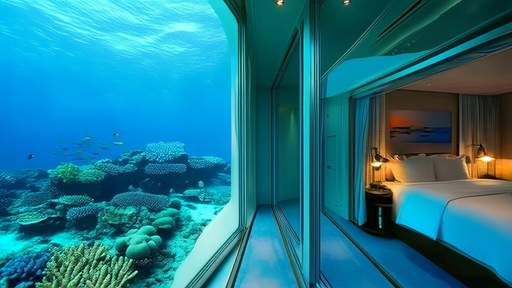
By /Jun 5, 2025
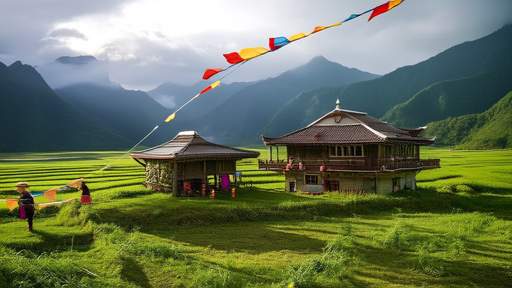
By /Jun 5, 2025

By /Jun 5, 2025

By /Jun 5, 2025

By /Jun 5, 2025

By /Jun 5, 2025

By /Jun 5, 2025

By /Jun 5, 2025